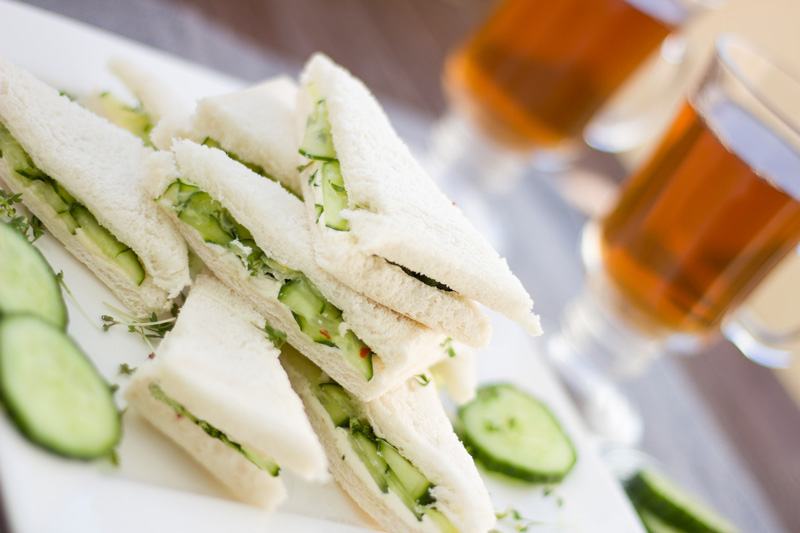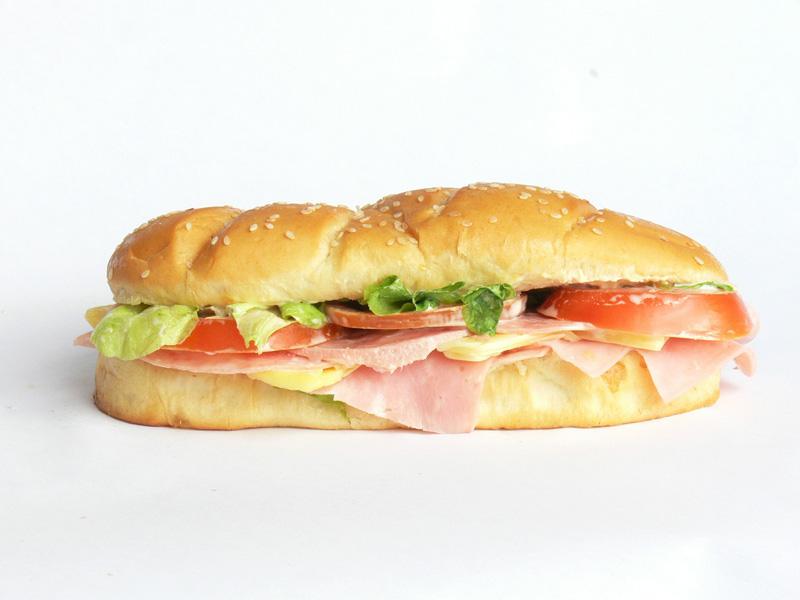I threw a picnic in our garden the other day. We were busy with all…
A British £8bn business. What is it?
The sandwich business.
Awareness days are very popular these days and you would find there is an awareness day for almost every day of the year and for almost everything including, breast cancer day, chocolate day, cleaning day, doughnut day etc. After all of this I am no longer surprised the British have their Sandwich week. If you did not know (I did not), the British Sandwich Week starts on 20th May and this is what made me investigate this topic. You will see it is more interesting than it sounds.
The story of Sandwiches
The first sandwiches
It is probably not a huge surprise, that the meal which involved bread stuffed with meat and vegetables existed in ancient times. Perhaps the fact, the sandwich was named after John Montagu, the 4th Earl of Sandwich is also not unknown. (Sandwich is a small town in Kent close to Dover.) According to the legend, Lord Montagu loved playing cards and he did not want to have a break to eat, therefore he asked his servants to give him meat tucked between two slices of bread. In this way he hit two birds with one stone: he did not have to stop the game and his hands and cards stayed clean. Later others started to order “the same as Sandwich” and soon the meal was referred to as Sandwich. This sounds funny and interesting, but apparently there is not enough evidence it happened this way. It is more likely, that Lord Montagu, working for the Admiralty, did not want to stop working at 4pm when the biggest meal of the day was served in the 18th century and asked for some meat between 2 slices of bread. However, the classic sandwich was prepared by the Victorians (who else…?) and had its heyday in the Edwardian era.
The cucumber sandwich
You probably have heard of the famous cucumber sandwich, which is consumed by the English at afternoon tea. I was interested why they used cucumber and why not radish or lettuce? Believe it or not, I could not find anything regarding that (I will have to investigate deeper into that!). However, my assumption is that the cucumber became popular in the Victorian era, because that was the time when everything which came from India, China or the Middle East was loved. Although cucumber was transmitted to Europe by the Greeks and Romans, it appeared in England in the 14th century. It did not go down well and it took another 250 years to rediscover the vegetable, but still in the 17th century cucumber was not highly regarded and was said to “fit only for consumption by cows, hence the name „cowcumber”. Let’s be honest, although there are some minerals and vitamins in cucumber, it is not a substantial food that would have been consumed by the working class. They chose something more substantial like meat sandwiches or pasties and pies. Only the aristocrats could afford to eat something lighter (from a nutritional perspective) for the afternoon tea and later at cricket games.

What does a classic cucumber sandwich consist of? Thinly sliced white bread, crust removed. The thinner the bread was, the more elegant and posh the sandwich was. It was almost a championship running among the aristocrats’ cooks who could slice the thinnest bread. Thinly sliced cucumber, butter, salt and pepper. Using dill and other spices in cucumber sandwiches was an Indian influence and appeared later on. As for the shape, cucumber sandwiches had either fish-finger shaped or triangles. I must admit, I am not keen on cucumber sandwiches, however my Dad used to prepare and pack cheese and cucumber rolls for me when I was at school and I liked them.
MR TWELWETREES Excuse me, Sir it is 4 o’ clock. Shall I serve the tea or shall I wait until his Lordship returns?
MR TEDDY No, no, I am starving. And tell Mrs. Lipton I want heaps of cucumber sandwiches.
MISS POPPY And I want egg and cress.
‒ You rang, M’lord? – Episode: Meet the Workers
Forms of a sandiwch
If you think about it, sandwich has many forms. As a matter of fact, the hamburger, the wrap, the tortilla, the kebab, the bagel, the pannini, the cibatta, the croc monsieur are all sandwiches… The latest version from America is the so called “croll” which is a hybrid of croissant and roll. When I was a kid and we went on a day trip, we used to make sandwiches using standard white bread slices or rolls or kifli. Baguette was served as an open sandwich for guests.

Do not underestimate sandwiches…
You would think today, when many of us have gluten intolerance and many people avoid carbohydrate and eat healthier, the sandwich is not a big business anymore. On the contrary! Many people still eat sandwiches for lunch, especially in Western Europe (In the UK and the Netherlands for sure) – so does Bill – not to stop work and they have a hot meal in the evening.
Let’s see a few facts about the sandwich!
01.
The first pre-packed sandwich appeared only 38 years ago
The first pre-packed sandwich was produced by Marks & Spencer (M&S) in 1980 and cost £0.43p only. It appeared to be a crazy idea to produce and sell something which could be easily made at home in a few minutes. M&S must have had a good understanding of human psychology as it became a huge success and sold like hot cakes. If I think about myself, I too prefer to buy a fresh sandwich for a fortune at the airport, however, you can see some people bringing their home made sandwiches on board. Why I am not doing the same? No idea. (No, not laziness!)
2.
The sandwich business is massive.
It is an £8bn business in the UK alone. This is an incredible amount. Almost 300 thousand people work in the sandwich making industry.
3.
Quantities
In 1851 436 thousand sandwiches were sold in London in a year. (I would be interested how they could count that…) Today, Sainsbury’s which has only 4% of the food-to-go market sells this amount every 36 hours!
4.
Players
Basically there are two players in this industry:
Specialist chains where things are assembled fresh in the shop (the American giant, Subway, Greggs, Pret A Manger)
Network of factories: led by M&S who work through the night to supply supermarkets, coffee bars, airlines, hospitals. Greencore and 2 Sisters are two huge sandwich factories and supply half of the UK’s factory made sandwiches.
5.
Favourite flavours
If you have been to the UK, you have probably seen below types of sandwiches at airports or cafes:
- bacon lettuce and tomato (BLT)
- egg mayonnaise
- ham and cheese
- coronation chicken, which was first prepared for the coronation of Queen Elizabeth II in 1953.
- tuna
- smoked salmon
- vegan variants
In-spite of that prawn mayo sandwich was the Nr 1 sandwich at M&S for 36 years!
I guess, every country has its favourite sandwich. In Hungary we normally have ham, cheese (yes, separately), salami and körözött (cottage cheese, caraway seed, paprika, salt, pepper). For events and birthdays we always used baguettes for open sandwiches which were dressed with ham or salami, some grated cheese, a slice of gurkin and a slice of hard boiled egg with a spot of piros arany (a spicy paprika cream) in the middle. I guess this would be called retro or vintage sandwich these days. 🙂
~
I don’t often eat sandwiches, but when I am travelling I might have one. I quite like cibatta with parma ham and gurkin or a smoked salmon sandwich or a salami baguette but I could not decide which one I like most.
How about you?
Which is your favourite sandwich?




Comments (0)